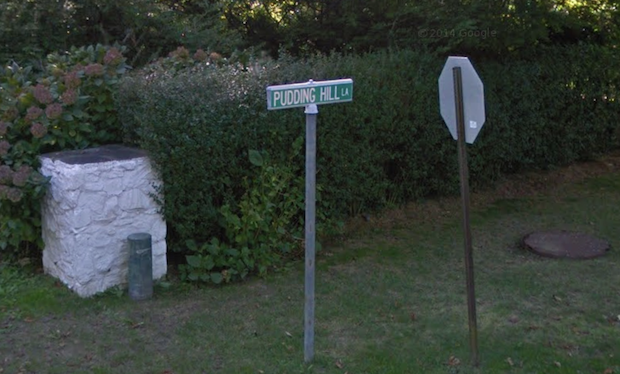Long Island has a lot of strange and wonderful place names. We're digging into the archives to discover how the places we know and love got to be called what they are known as today. This series is called “What's in a Name, Long Island?”
Take Pudding Hill Lane in East Hampton, for instance. British soldiers had stumbled into East Hampton to forage for food during the Revolutionary War following their nose on the way from Southampton. They caught a whiff of dinner being cooked up in the kitchen of the Osborne farmstead, which came to be known as “Pudding Hill” home, depending on the account you read.
Anyway, the lady of the house said, "nope!" Rather than feed the invading soldiers, she “threw the boiling-hot kettle, pudding and all, down the sandy hill,” according to a later retelling of the tale. Another story says, like a good Patriot, the unnamed cook refused to feed the Redcoats and ordered them off her property. Then threw out the pot of pudding after them in spite.
The East Hampton Star reported in 1944 that a handful of British uniform buttons were found on the property a few years before by gardeners, giving some validity to the legend. The paper also said that a poet put the story into verse (identified by the New York Times as Annie Elkins) and a Miss Louise Mulford from Amagansett set the words to music.










